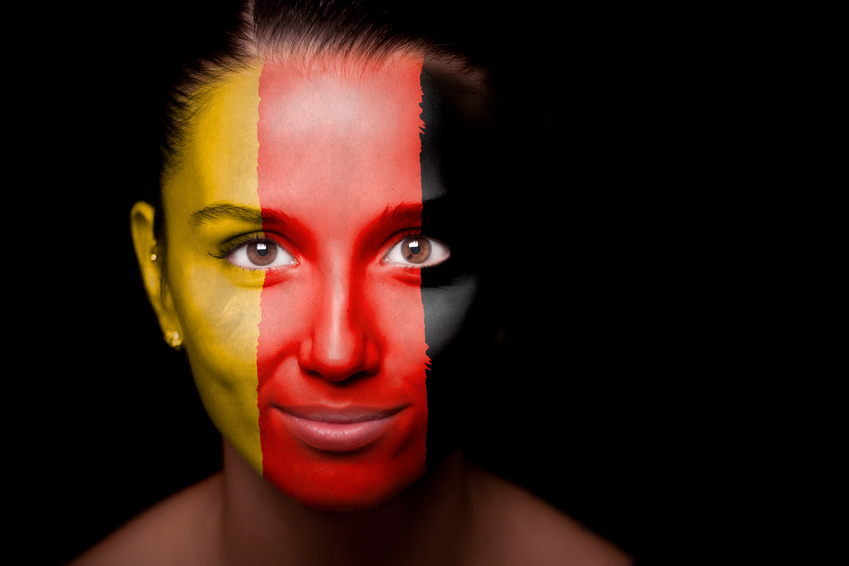 Differences in American and French Political Advertising
Differences in American and French Political Advertising
On February 4th, Hillary Clinton wrote that “Bernie Sanders outraised our campaign by $5 million in January . . . and raised an additional $3 million in 24 hours after the Iowa caucus.” Personally, as a French native and a German adopted citizen, political advertising in the US is completely, absolutely, and positively crazy!
7 examples of America’s political-advertising craze
1. Huge price-tags
In 2012, Obama and Romney together spent more than $2 billion in their race to the White House. In comparison, when France elected their new president also in 2012, the 10 candidates spent a combined $95 million (€74.2 million).
2. Extensive TV advertising
According to The Economist, on January 29th (three days before the Iowa caucus), 20 hours of political advertising were broadcast on Iowa regional TV. By January 25th, campaigns had spent $53 million advertising in the area.
It seems to me, however, that nobody pays attention to Iowa except during primary season! The state’s population is mainly white, conservative, and not representative of the entire United States.
3. Big investments for few voters
In 2012, only 57.5% of Americans voted for one of the candidates. In France’s presidential election, 80.3% of the population went to vote. It’s safe to assume that money alone doesn’t seem to motivate Americans to vote.
4. Unequal TV speaking rights
The American candidate with the deepest pocket gains the largest TV audience. Unfortunately, this system doesn’t give much of a chance to outsiders with fewer financial resources.
5. Public-sector campaign financing
Private persons supply some campaign support, but corporations, lobbies, and unions also finance certain U.S. candidates. For example, click here to see who is behind Bernie Sanders & Co.
6. Using popular media for political advertising
In a post last summer, I explained what French or German politicians could learn from American political marketing and looked at the email marketing from Hillary Clinton. From July 2015 until now, I received 320 emails from Hillary for America. I haven’t counted them yet, but both Bill and Chelsea write me regularly.
7. Possible overexposure
Websites like opensecrets.org website offer some highly personal insights about certain candidates’ campaign donors. This information would be a nightmare for a French candidate if it was available publicly.
Does political advertising work?
The Economist wanted to know if political advertising is effective, so it conducted a survey before the primaries in Iowa and New Hampshire. Since polls can be influenced by many factors independent from advertising, they considered also the impact of new events. I think the results are compelling:
“We found that paid TV airtime did matter, accounting for 13% of the week-to-week changes in polling . . . that candidates could expect to gain a one-point edge over their rivals in the next week’s early-state polling for roughly every 200 net positive ads about them, or every 500 net negative ones about their opponents.”
French vs. American presidential elections
Let’s look at the biggest differences between the American and French presidential elections. First, political advertising is forbidden in France. Second, the State gives political parties money based on how many votes they received in the last election. Third, a candidate’s total expenses are capped. And fourth, by law each candidate must receive equal time and equal placement on TV programs. If you want to know more, check out NPR’s great article about the French elections.
To me, something seems amiss with the extent and tone of political advertising in the States. It’s worth noting that $2 billion is also the GDP of Liberia*, one of the African nations affected by Ebola last year. Honestly, I can imagine better fund allocation for $2 billion.
* IMF, 2015
Fotocredit by olly





